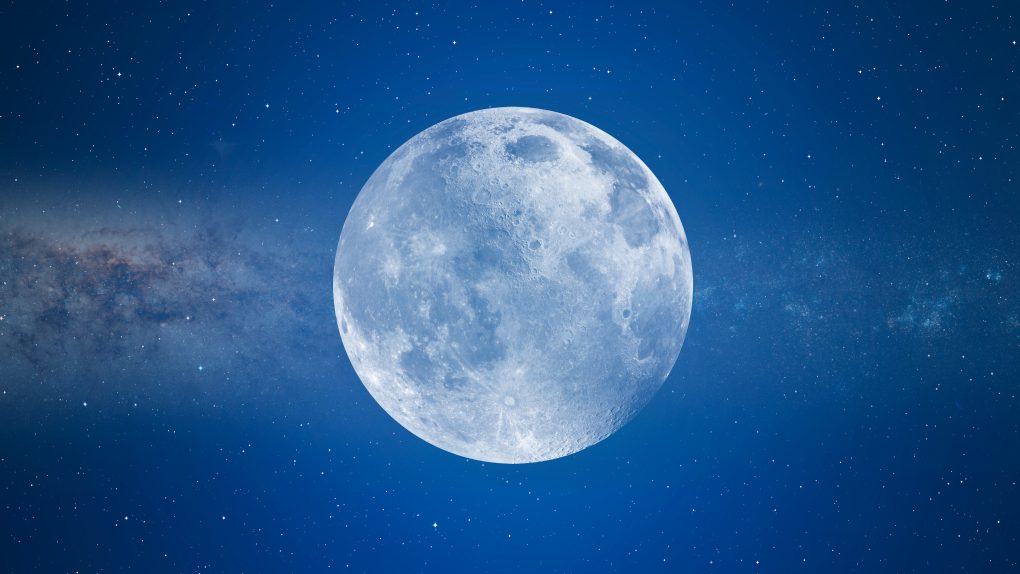South Korea’s Danuri lunar orbiter, also known as the Korea Pathfinder Lunar Orbiter (KPLO), launched on a SpaceX Falcon 9 rocket last year. In mid-December, the orbiter reached its destination and began orbiting the Moon. Now, South Korea has shared Danuri’s first moon images.
The Korea Aerospace Research Institute (KARI) released the images in early January, showcasing the lunar surface – which is pot marked with craters, as well as the Earth looming in the background. It’s an iconic image in and of itself and helps to solidify South Korea’s standing as one of the exclusive nations that have pulled off successful moon missions.
The Danuri lunar orbiter cost KARI roughly $180 million to build, and thus far is already showing its worth with this first image, even if it might not look like much. We did see similar images like this recently during the Artemis I mission, which traveled further from the Moon than any previous made-for-man spacecraft ever had.
KARI’s Danuri lunar orbiter has yet to begin its actual science missions, though, as the orbiter is currently undergoing commissioning before its mission begins. When it does kick off, though, that mission is expected to last around a year.
Onboard the Danuri lunar orbiter, five of six payloads will help the South Korean space agency learn more about the moon. However, NASA also has an instrument onboard, which will help scope out permanently shadowed regions of the lunar poles for hints of water-ice deposits. This first Danuri moon image is exciting news for the spacecraft.
Unfortunately, we’ll have to wait and see what else NASA and KARI can discover while this little orbiter works its way around the moon. The good news is any data gathered by the NASA instrument onboard will help choose a proper landing zone for future Artemis missions, especially the next manned mission to the moon.








